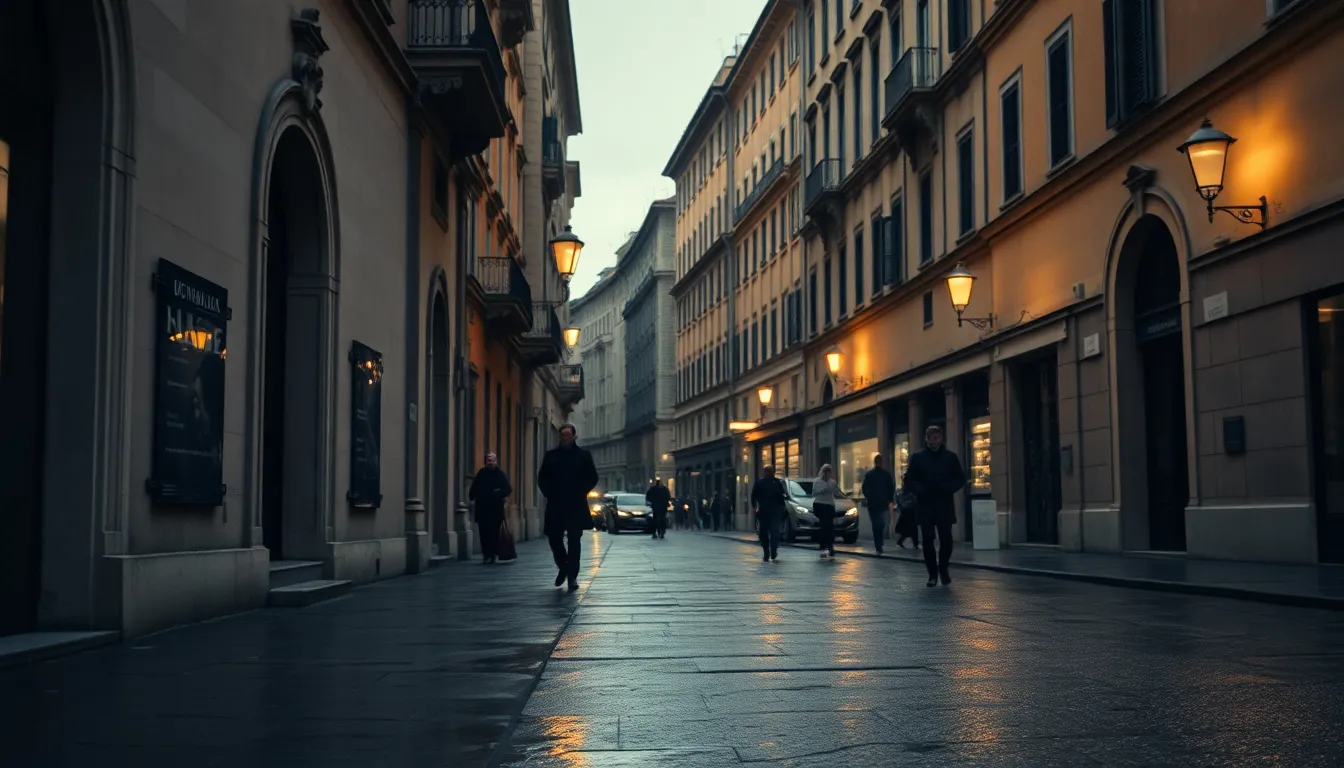Roman Revelations: A Journey Through Time
Join us for a captivating exploration of Rome's rich history and vibrant culture on this free walking tour, where ancient wonders await at every turn.
Time
3 Hours
Stops
9 Places
Distance
5.3 km
Colosseum (Colosseo)
Begin your Roman adventure at the iconic Colosseum, an ancient amphitheater that stands as a testament to Rome's imperial grandeur and engineering prowess.

Colosseum (Colosseo) (Source: Google Maps)
Palatine Hill (Palatino)
Ascend to Palatine Hill, one of the most ancient parts of the city, offering stunning views of the Roman Forum and the Circus Maximus.

Palatine Hill (Palatino) (Source: Google Maps)
Roman Forum (Foro Romano)
Just a short walk from the Colosseum, explore the Roman Forum, the heart of ancient Rome's public life, filled with ruins of government buildings, temples, and marketplaces.

Roman Forum (Foro Romano) (Source: Google Maps)
Piazza Venezia
Head towards Piazza Venezia, a bustling square dominated by the monumental Altare della Patria, dedicated to Victor Emmanuel II, the first king of unified Italy.

Piazza Venezia (Source: Google Maps)
Piazza Venezia is a bustling square in the heart of Rome, dominated by the Altare della Patria, or the Altar of the Fatherland, dedicated to Victor Emmanuel II, the first king of unified Italy. The monument, completed in 1935, is an architectural marvel, featuring grand staircases, statues, and a panoramic terrace. The square serves as a central hub connecting various historic streets and landmarks. Its strategic location makes it a popular meeting point for locals and tourists alike. Piazza Venezia's vibrant atmosphere and historical significance make it a key site in the exploration of Rome's rich heritage.
Trevi Fountain (Fontana di Trevi)
Stroll to the enchanting Trevi Fountain, where legend has it that tossing a coin into the water ensures your return to Rome.

Trevi Fountain (Fontana di Trevi) (Source: Google Maps)
Spanish Steps (Piazza di Spagna)
Continue to the Spanish Steps, a popular gathering spot and a great place to take in the lively atmosphere of Rome.

Spanish Steps (Piazza di Spagna) (Source: Google Maps)
Pantheon
Visit the Pantheon, an architectural marvel and one of the best-preserved ancient Roman buildings, known for its impressive dome and oculus.

Pantheon (Source: Google Maps)
The Pantheon, originally built as a temple to all Roman gods, is one of the best-preserved ancient buildings in Rome. Completed by Emperor Hadrian around AD 126, its most striking feature is the massive dome, which remains the largest unreinforced concrete dome in the world. The oculus at the center allows natural light to illuminate the interior, creating a celestial atmosphere. The Pantheon's architectural brilliance has influenced many buildings throughout history. Today, it serves as a church and is a burial site for several important figures, including the artist Raphael. Its historical and architectural significance makes it a must-see landmark.
Piazza Navona
Proceed to Piazza Navona, a vibrant square famous for its beautiful fountains, including the Fountain of the Four Rivers by Bernini.

Piazza Navona (Source: Google Maps)
Piazza Navona is a vibrant square built on the site of the ancient Stadium of Domitian. It is renowned for its beautiful Baroque architecture and three stunning fountains, the most famous being the Fountain of the Four Rivers, designed by Gian Lorenzo Bernini. The square is lined with cafes and restaurants, making it a popular spot for both relaxation and entertainment. Its lively atmosphere is enhanced by street artists and musicians. Historically, Piazza Navona has been a center for public events and celebrations. Its artistic and cultural heritage continues to attract visitors, making it a key highlight in Rome's rich tapestry.
Campo de' Fiori
Conclude your tour at Campo de' Fiori, a historic market square that transforms into a lively social hub in the evenings.

Campo de' Fiori (Source: Google Maps)
Campo de' Fiori, meaning 'Field of Flowers,' is a historic market square that transforms into a lively social hub in the evenings. Originally a site for executions in the Middle Ages, it is now known for its vibrant market, offering fresh produce, flowers, and local goods. The square is surrounded by charming cafes and restaurants, making it a popular gathering place for locals and tourists alike. The statue of Giordano Bruno, a philosopher burned at the stake in 1600, stands at its center, symbolizing the square's complex history. Campo de' Fiori's blend of history, culture, and community activity makes it a unique destination.

Your travels, your rules.
Create your own Free Walking Tours.
Set your preferences, distances and anything you want to do or see.
Completely free, no payment required.